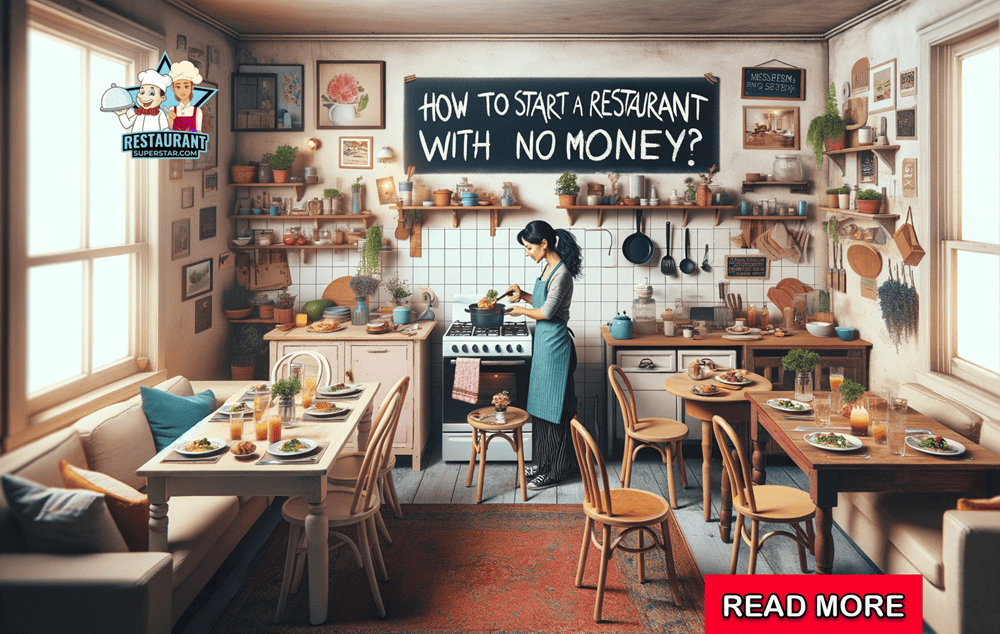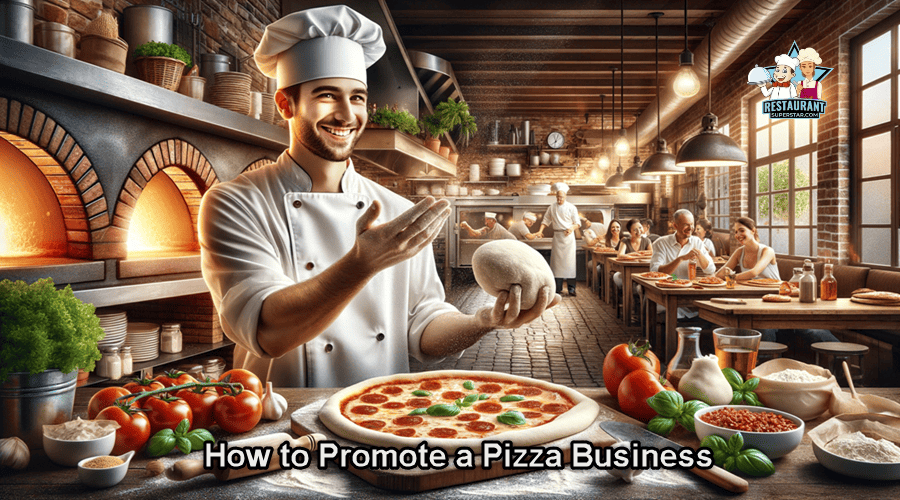Restaurant Break Even – How Long Does it Take?

If you are wondering how long does restaurant break even takes you are in the right place. Every successful restaurant scrutinizes it’s inventory and finances regularly. You must understand the timing of your restaurant finances to comprehend and manage them. In this highly competitive business, it’s the only way to manage a profitable restaurant proactively.
Unfortunately, most first-time restaurateurs are so focused on securing finance to build the restaurant that they overlook working capital (money that will keep the business afloat) until it breaks even.
The restaurant break-even point is one of the most crucial financial analysis measures. It establishes the standard, immediately allowing you to see where you have excelled or fallen short. If you have ever wondered how long it takes for a restaurant to break even, search no further.
How long does restaurant break even take? The short answer is this. ‘Different restaurant models achieve break-even points at different times. But on average, a restaurant should take 3 months and 2 years to attain this point.’
This article provides all you need to know regarding this subject, so consider reading to the end.
What is a restaurant break-even point?
A restaurant break-even point can be defined as follows;
- Mathematically, it is the point when your costs equal your sales (that is, total income = total cost).
- It is a metric that informs you how much income is necessary to cover your restaurant’s fixed and variable costs over a period.
- It is the situation in which the restaurant does neither make nor lose money, resulting in a simple equilibrium.
- In a monetary sense, your profit will be zero at this moment. Achieving this stage means your restaurant is profitable enough to pay all expenses.
Notes! The break-even sales number assists you, the restaurant owner, establish daily and weekly sales targets, headcount for salaried staff, hourly employee allotment, investments, significant expenditures, and much more. As exciting as this sounds, the next thing you probably want to know is how long it can take for your restaurant to break even. Read on to learn more!
How long does it take for a restaurant to break even?
When can I break even is one of the most important questions you’ll face while beginning and maintaining your restaurant. Breaking even is a good indicator of progress and may mean the difference between success and failure. This will assist you in determining fixed costs (such as rent) and variable costs (such as materials), allowing you to set reasonable pricing and anticipate when your restaurant will attain profitability. The idea of the break-even point is central to the break-even analysis.
However, as stated above, restaurants attain break-even points at different times. Below are some restaurant formats and the average time they may take to break even.
- Quick Service Restaurants
As the name suggests, quick-service restaurants focus on delivering meals to customers quickly and effectively. This usually entails no table service and meals prepared to order in a short amount of time.
Typically, it takes 3-6 months for a Quick Service Restaurant to break even at a single location and at least two years at the corporate level, where there are various sources.
- Casual Dining Restaurant
Casual dining restaurants are a definite upgrade from fast-food and fast-casual eateries, with a more relaxed environment. Here, table service means a waiter takes your order while seated.
On average, a casual dining restaurant will take 18 months to reach a break-even point.
- Fine Dining Restaurant
Fine dining describes a better restaurant experience in quality and formality than a casual dining restaurant experience. A fine dining establishment’s ambiance is generally more sophisticated, and the cuisine is presented more formally.
Setting up a Fine Dining Restaurant requires a significant expenditure, especially if you plan to serve alcohol.
On average, a Fine Dining Restaurant takes at least two years to break even and start making money.
Depending on the restaurant model you run, you need to carry out the break-even analysis to understand how long it can take for your restaurant to break even.
How can I calculate my restaurant’s break-even point?
Every small restaurateur dreams of reaching the break-even point and beyond. The good thing is that you won’t have to sit around speculating.
You may forecast when and how you’ll reach a break-even point using break-even analysis. This, in turn, will allow you to stop daydreaming and start taking steps to ensure you get there.
Here’s how to figure out the break-even point regarding the number of visitors for a specific period.
Break-Even Point = Total Fixed Costs ÷ (Average Revenue Per Guest – Variable Cost Per Guest)
This formula calculates the number of guests you must serve to break even.
What makes a restaurant break even quickly?
Over half of new eateries fail during the first two years of business. This is a well-known truth in the restaurant industry and is one of the main reasons new entrepreneurs fear it.
However, while it is true that the restaurant industry is brutal, there are still individuals who open their doors, survive, and even dominate the sector. What gives them the ability to do so? While many elements contribute to a restaurant’s success, one of the most important is the management of the restaurant’s finances.
The majority of restaurants lack an effective financial management system.
Conclusion
Now that you understand the usual break-even points in the restaurant sector and how to prepare a reserve for them, the next step is to manage and watch the reserve and other finances to reach break-even and calculate profits as soon as possible.
Also, knowing how to handle restaurant finances is not something you can learn in a day; you must mold and mature into it.
Thanks for reading to the end!
FAQs
Are some restaurants more profitable than others?
Yes! Some restaurants are more profitable than others.
How do restaurants make a profit?
Restaurants generate profits by selling more products than they invest in. To achieve this, they must maintain higher prices for the cost of items sold and labor expenditures. These factors contribute to the premium cost of running a restaurant, serving as a benchmark for maximizing profits.
Proper inventory management is the key to running a prosperous restaurant. Calculating inventory variation aids in the elimination of waste, the tracking of wasted components, and the maximization of profits.
Jeff Smith is a Restaurant Consultant with over 20 years of hospitality experience ranging from server to owner and general manager. He focuses on Restaurant POS technology as well as restaurant marketing. Check out our world famous restaurant resources page for a comprehensive offering of hand picked resources and tools to help your business. You can also check out some of our other restaurant business articles.


